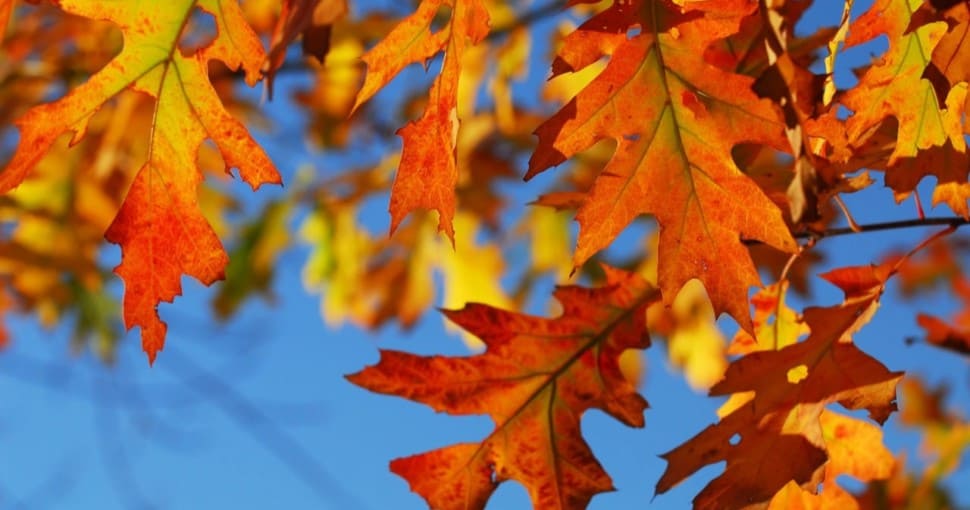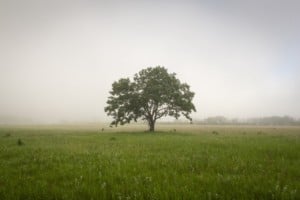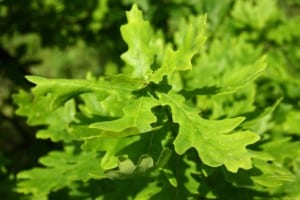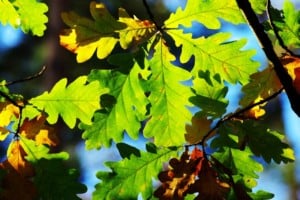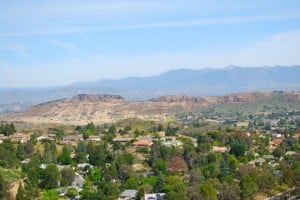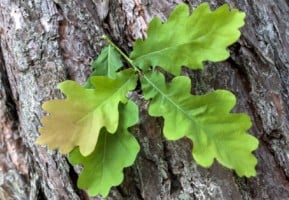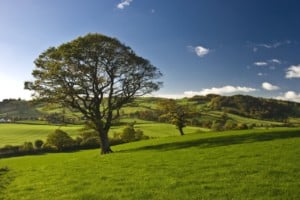New York State has many land and aquatic habitats that are home to diverse plant and animal life. If you’ve recently moved to one of the counties, you will want to plant trees and invite this wildlife to your backyard. A great and sustainable way is to plant oak trees, and we’ll show you what kind of oak trees thrive in New York state.
Contents
New York State has a stunning variety of over 150 species of trees. These include willow oaks, laurel magnolia, and even hop trees that dominate the Atlantic shorelines. On the other hand, oaks, chestnut trees, and basswood trees thrive in the Great Lakes Plain and Mohawk Valleys. Aside from trees, New York State is also home to over 600 species of mammals, birds, and reptiles.
This state has a continental climate all year round, with hot, humid summers and frigid cold winters. Average annual temperatures range from 40*F in upstate New York to 57*F in New York City. The subtropical climate sees moist summers with plenty of rainfall that does wonders for the oak tree population in the state. New York State also has fertile Honeoye soil, which further promotes the growth of oak trees across the area.
Out of the 300 types of oak trees found around the world, around 55 are native to North America. Oak trees make up the largest group of deciduous trees in New York, with 16 species native to the state itself. Since oak trees in New York State don’t grow well in high, mountainous forests, you are more likely to find them in the Adirondack section of numerous sheltered valleys. They are also plentiful in the south and westward drainages of Genesee and Alleghany Rivers. If you’re interested in growing an oak tree for excellent shade properties, here are the different types you should look into.
1. Black Oak (quercus velutina)
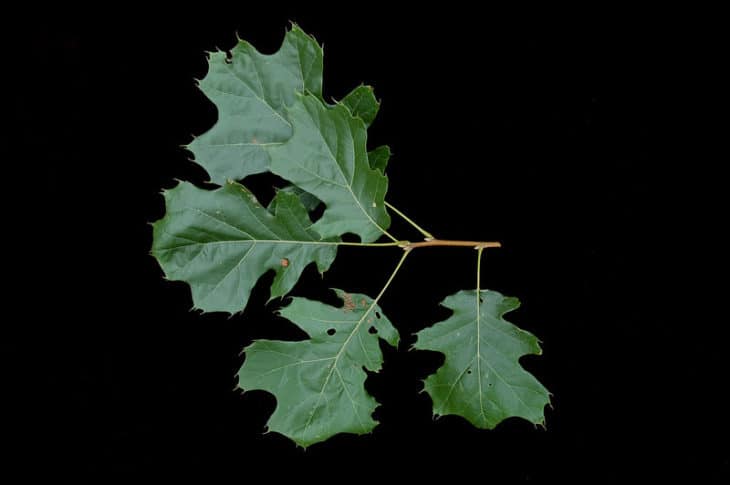
Sometimes called the Eastern Black oak, these trees are among the small variety of oaks in America. They reach heights of 60 to 80 feet, but you will find much taller Black oaks in sunny areas. They have alternate leaves with 5 to 7 bristle-tipped lobes. The upper surfaces of these leaves are shiny, with the lower underside being yellow-brown. Black oak trees are monoecious and produce acorns singly or in pairs of two.
2. Red Oak (quercus rubra)
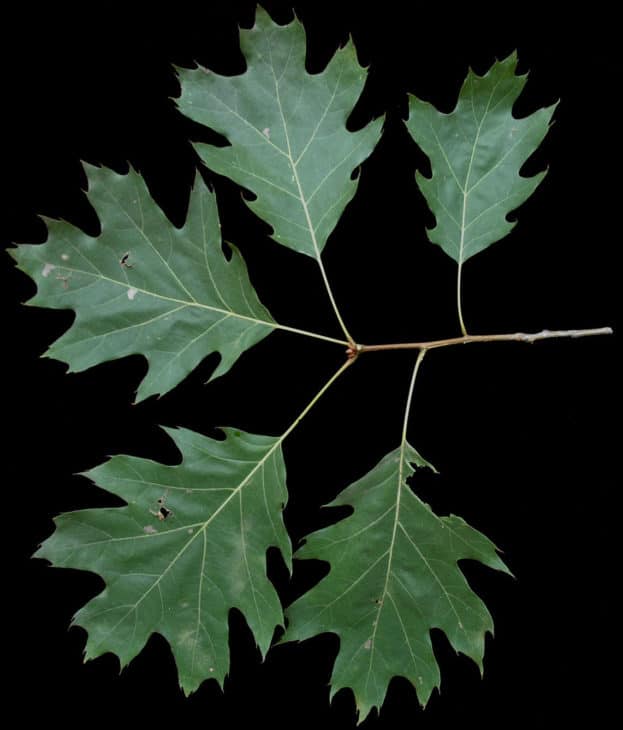
Red oaks, also called Northern Red oak trees, are deciduous, broadleaf trees that grow straight and tall, reaching heights of up to 140 feet. They have a trunk of over 40 inches in diameter and stout branches that grow at right angles. Red oak trees form narrow, round-topped heads. They grow rapidly and are highly tolerant of most soil variations. Being exceptionally long-lived, Red oak trees live up to 400 years and have dark, chestnut brown winter buds.
3. Scarlet Oak (quercus coccinea)
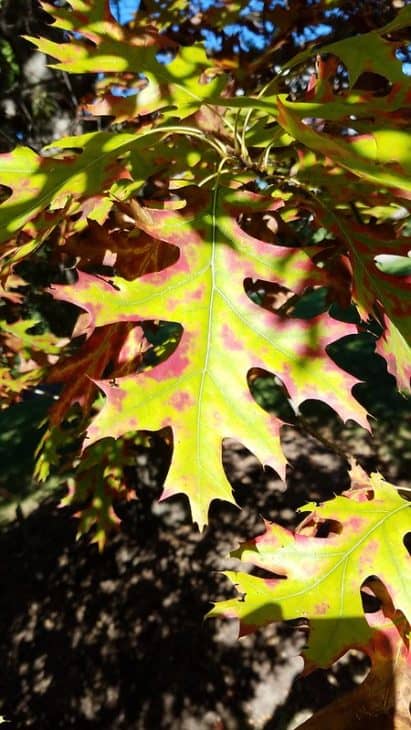
Scarlet oaks grow well in acidic, dry, and sandy soils. They are medium-large, deciduous trees growing up to 100 feet with round, open crowns. Scarlet oak trees have glossy green, broad leaves with seven lobes. The lobes have deep sinuses between them, which is one of Scarlet oak’s most distinctive properties. They have ovate acorns around 10 mm broad and 30 mm long, found in pale brown colors. The kernel is quite bitter, so people don’t consume it.
4. Pin Oak (quercus palustris)
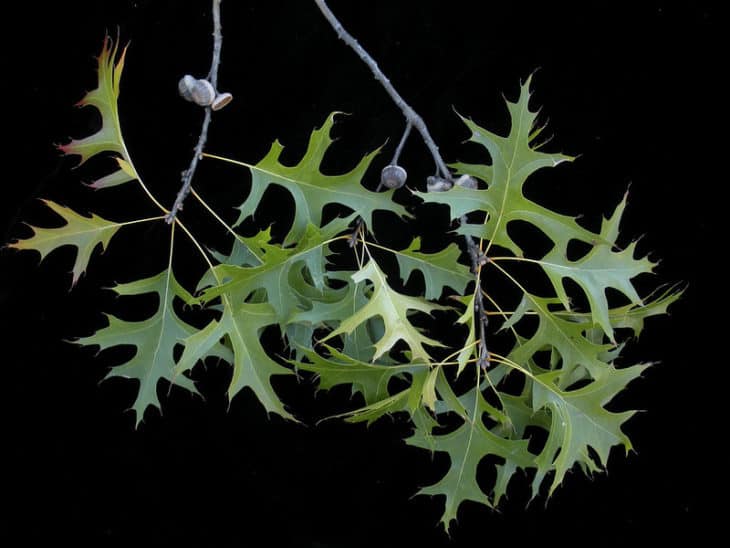
The Pin Oak tree is one of New York State’s Red Oak varieties and is commonly used as a landscaping tree due to its ease of transport. It is also fast-growing and pollution tolerant, making it an ideal tree to plant in New York State. Pin Oak trees are medium-sized, reaching heights of 70 feet with a trunk diameter of 30 feet. They have long, broad, and lobed leaves with seven bristle-tipped teeth and unpalatable, bitter kernels.

